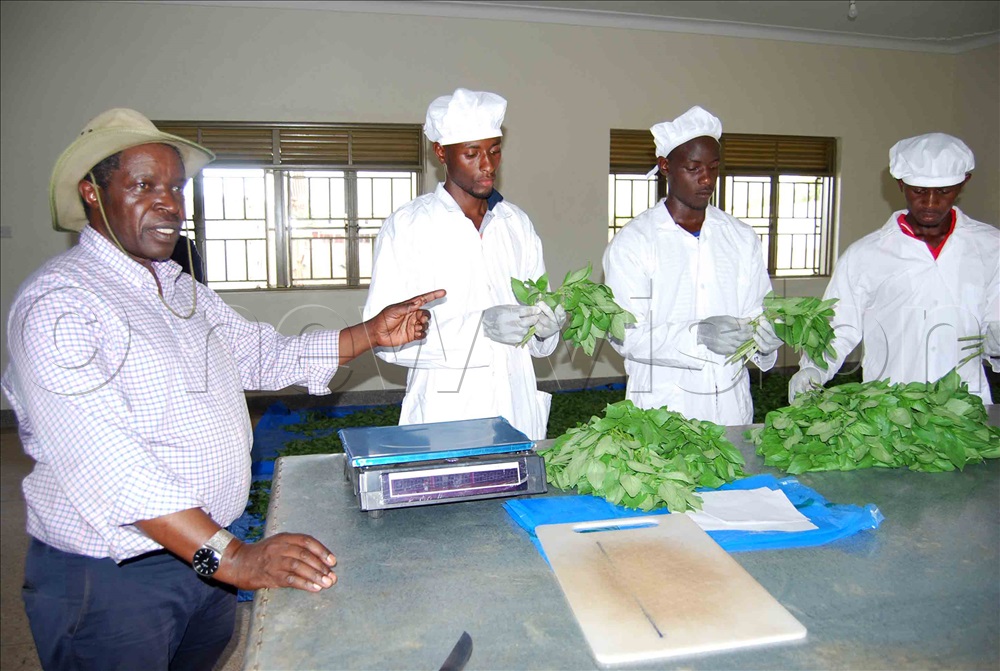By Herbert Musoke
Prof. William Bazeyo, the director of Orchids House Farm Ltd at Kikangula village, Nakasongola district says his parents were commercial growers of coffee which inspired him to go into commercial farming.
Prof. Bazeyo says he started his farming journey after he retired from Makerere University.
He says he wanted to establish a farm closer to his home village (western Uganda), but his plans changed when he realized that he could not get the vastness of land he wanted.
A friend advised him to buy land in Nakasongola in central Uganda.
“When I visited the area, I was discouraged because the land is arid. However, when I went back during the rainy season, it was green,” he reveals.
Prof. Bazeyo used his savings and also borrowed money from the bank to buy a square mile of land in 2008.
“I bought 30 local cows for the start and every end of the month, I would add more,” he says.
Growing crops
Prof. Bazeyo also grows vegetables such as cabbages, tomatoes, spinach, sukuma wiki, bell pepper, eggplants, onions, beetroot, carrots, beans, maize and soya beans.
The crops are grown in greenhouses but much focus is on basil because it is his main cash crop.
Basil (myjaaja) is mainly known for its aroma. It is a warm-weather herb and tolerant to dry conditions.
It requires about 6-8 hours of intense sunlight per day to grow well.
He explains that basil is grown at a temperature of more than 50°F.
Prof. Bazeyo, therefore, grows the crop in greenhouses. He says a complete greenhouse with an irrigation system can cost about sh20m.

“Basil thrives in rich soils, with proper soil aeration. The seeds are first grown in a nursery bed where they take two weeks to grow,” he says.
When basil seedlings put on more than five leaves, they can be transplanted. He explains that the seedlings should be given enough space to grow well.
He says basil should be watered regularly to thrive, however, too much water is not good for the plant.
“Basil should be grown in a greenhouse where watering is controlled. While watering, only concentrate on the roots because watering the leaves and stalk will cause fungal diseases,” he advises.
Harvest
After 45 days, basil will be ready for harvesting. He says a farmer will harvest every week.
“From a greenhouse of 30ft by 20ft, you can harvest basil worth sh1m per week equating to sh4m a month,” he states.
After harvesting, he says basil should be kept in clean cold rooms before packing it. This deters damaging of the leaves.
However, he says he currently uses a chest freezer to store basil after harvesting.
Prof. Bazeyo says he exports the herb to the Netherlands.
Value additional
Prof. Bazeyo also adds value to basil by making oils from it.
Impacting society
Because of the wide market, he has started training other farmers on growing basil because it is a profitable and unique crop.





